The Independent's journalism is supported by our readers. When you purchase through links on our site, we may earn commission.
The big dig: Eight of the UK’s most amazing archaeological sites you can visit
Channel your inner Indiana Jones at these historical hotspots, says Tamara Hinson

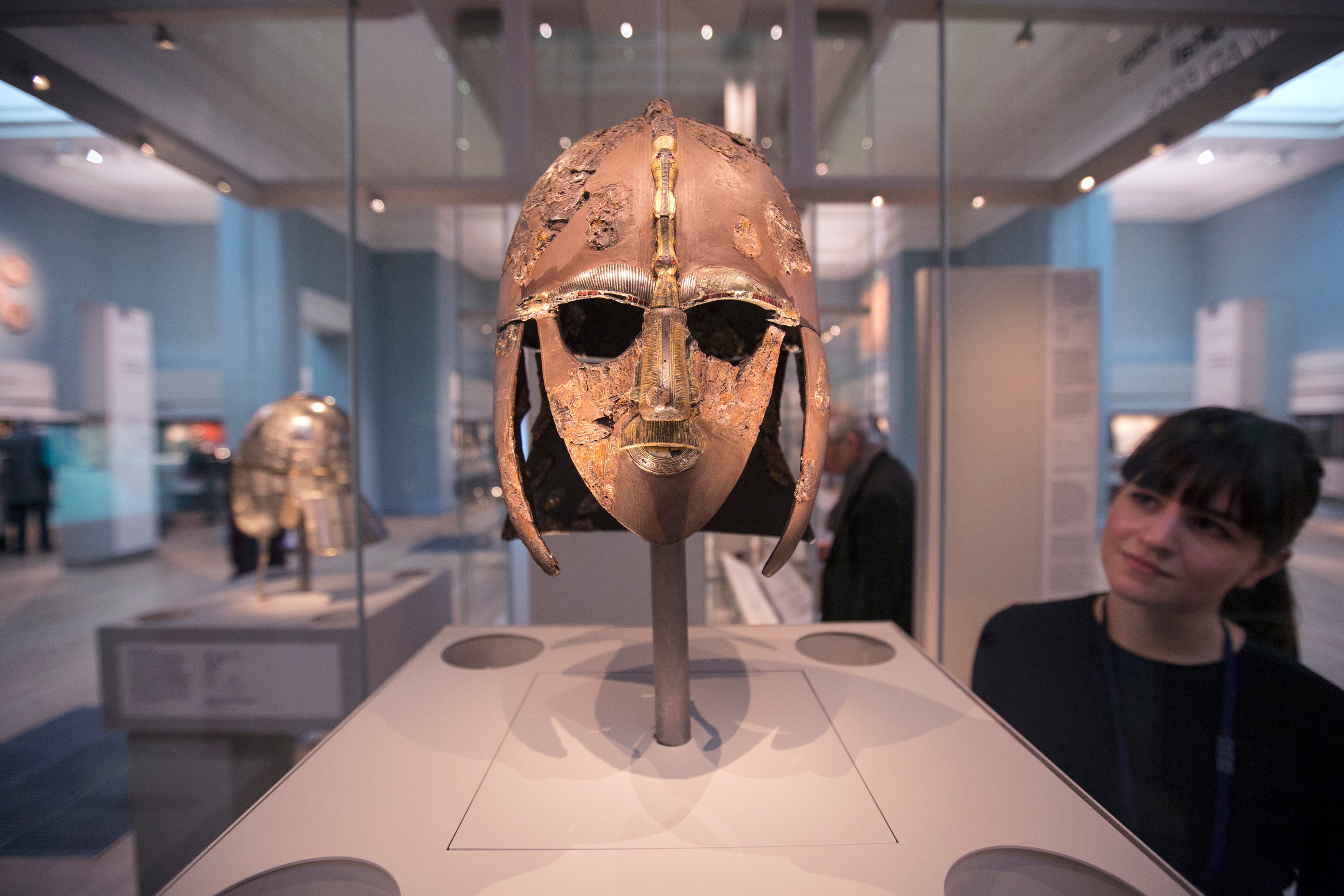
Harrison Ford’s appearances in Glasgow and Northumberland this summer confirmed that our favourite archaeologist will soon be back on our cinema screens, 40 years after Raiders of the Lost Ark was first released.
Organisations honouring the archaeology professor’s anniversary include the National Geographic Museum, which ran an exhibition dedicated to the handsome tomb raider, and the National University of Distance Education in Spain, which went so far as to create an Indiana Jones Archaeology course.
Even aside from our beloved Indy, archaeology has never been more in vogue; 2021 saw the release of The Dig, a feature film reimagining the events of the 1939 excavation of Sutton Hoo, starring Ralph Fiennes and Carey Mulligan.
We decided it’s time to pay our own tribute – a look at eight amazing UK sites which should be on the radar of any budding Indiana Jones or Basil Browns.
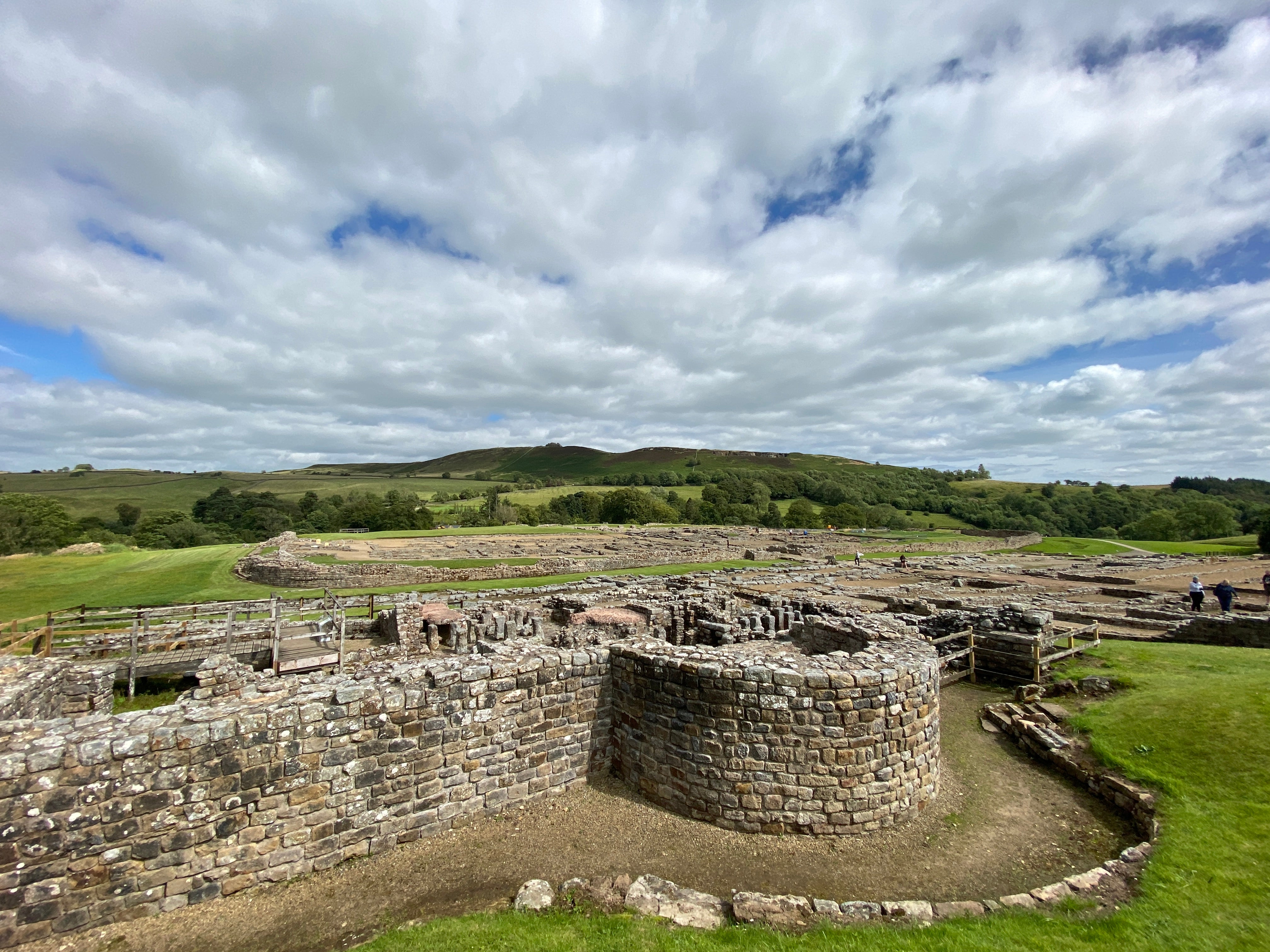
Roman Vindolanda Fort & Museum, Hexham, Northumberland
The creme de la creme of all things archaeological, the Roman Vindolanda Fort and Museum is one of the few places where visitors can watch archaeologists at work, in the shadow of Hadrian’s Wall. Roman artefacts are dug up here on a regular basis, and the findings include thousands of leather shoes – the largest collection of Roman leather ever discovered. The fort’s remains are open year-round (although excavations only take place between April and September), and highlights include the remnants of a temple dedicated to a Roman god (one of the few to be found inside an auxiliary fort), and a beautifully preserved bathhouse which dates back to the third century. Head to the museum to see some of the artefacts discovered here. The collection includes 2,000 wooden items (including a wooden toilet seat), and a huge collection of Roman writing tablets – the Roman equivalent of postcards.
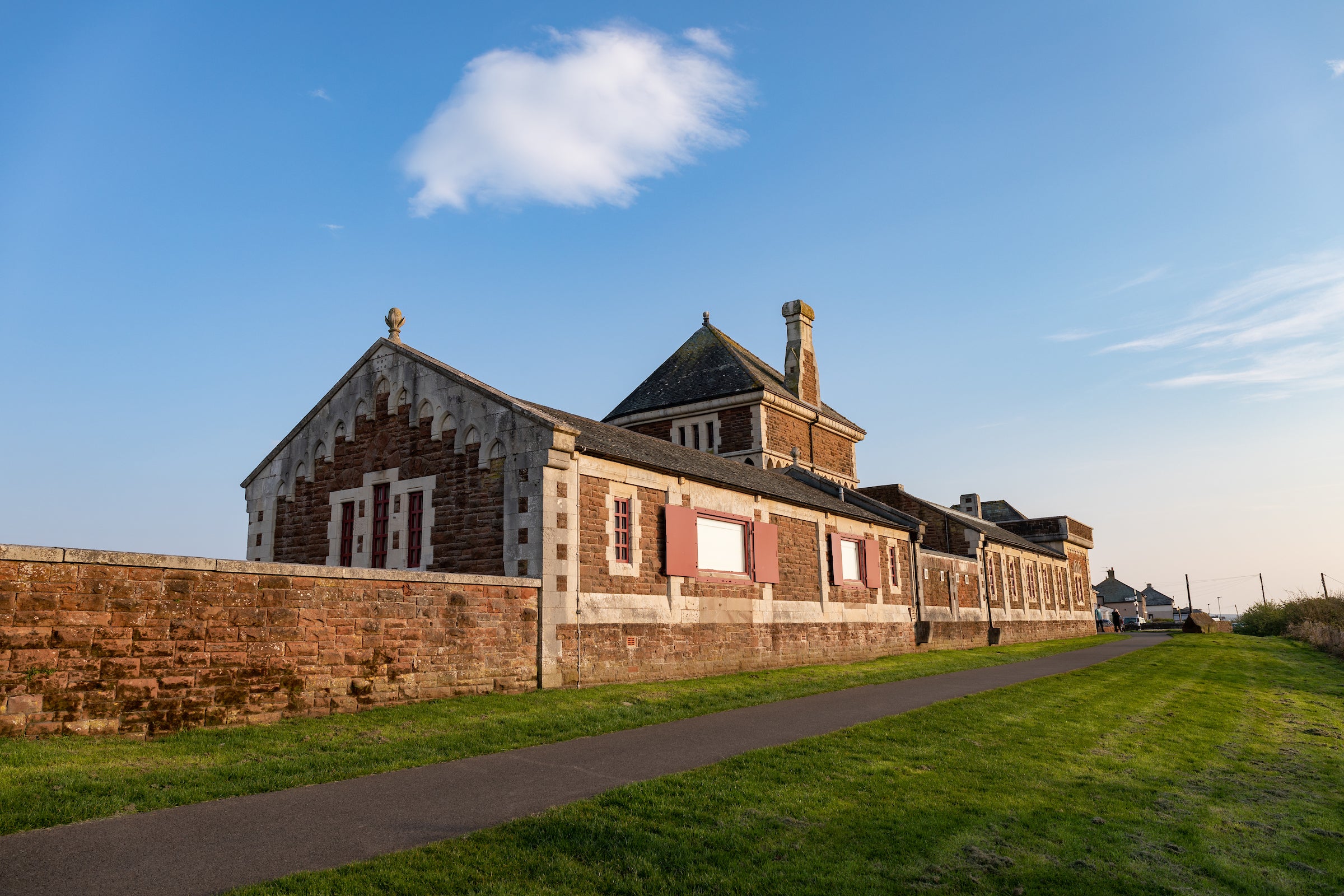
Alauna and Senhouse Roman Museum, Maryport, Cumbria
Visit Senhouse Roman Museum, wedged between a beautiful stretch of the Cumbrian coastline and the outline of a Roman fort known as Alauna, and you’ll learn a lot of things – including that the Romans had a bit of a fixation with phalluses, carving them into walls, sculpting them out of sandstone and hammering out tiny silver ones which they wore around their necks as amulets to provide protection against the evil eye. Many of these are on display at the museum, which is filled with artefacts found at Alauna, built by the Romans as a supply base for Hadrian’s Wall. You’ll also find one of the world’s largest collections of Roman altars. Be sure to climb to the top of the observation tower for an aerial view over the site. The last major excavation project took place in 2015, but for now the activity you’re most likely to see is the local sheep munching their way along the fort’s grass-covered ridges. However, it’s likely there will be further excavations in the area in the near future.
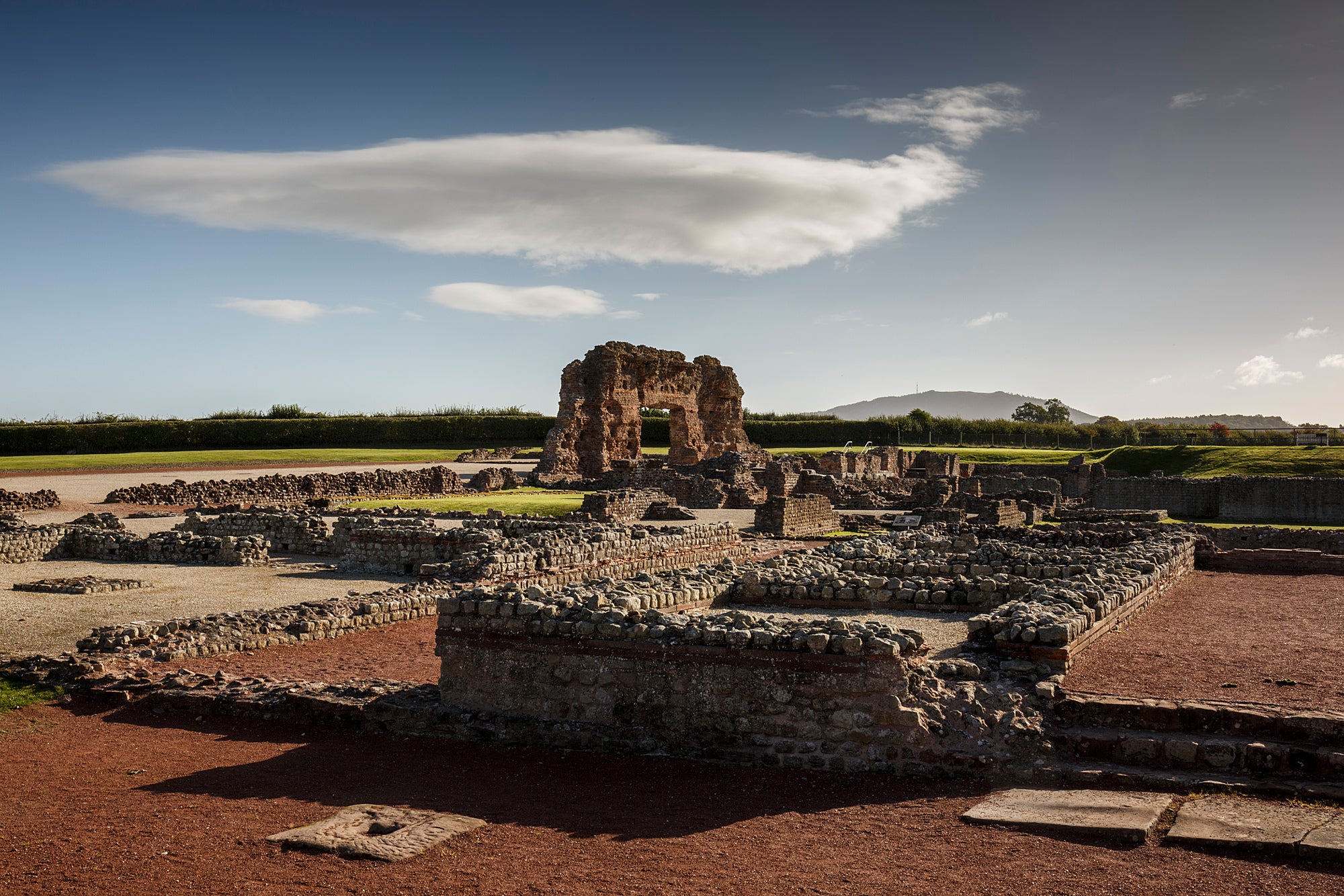
Wroxeter Roman City, Shropshire
Head to the unassuming village of Wroxeter to admire the remains of a Roman city which was once the fourth largest town in the Roman Empire. Known as Viriconium, it was as large as Pompeii. Several sections of the ramparts still stand and jewellery, coins and ornaments have all been found here, many of which can be seen at the on-site museum. One of the most exciting discoveries was the solid silver mirror now on display in the Shrewsbury Museum. Make sure you check out the site’s reconstructed townhouse, which was built in 2010 for a BBC programme by a construction team who used only the tools and materials available to their Roman counterparts.
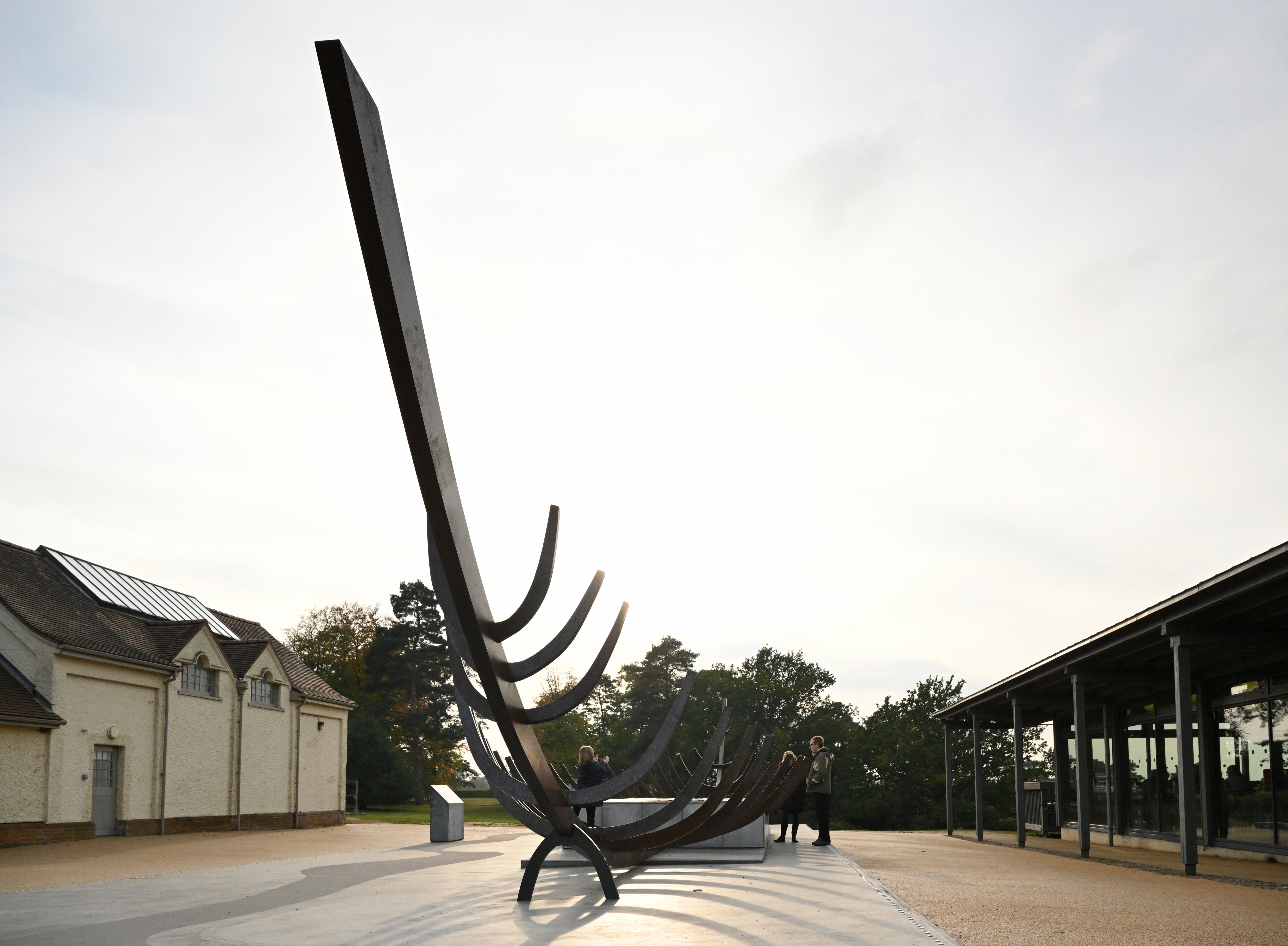
Sutton Hoo, Woodbridge, Suffolk
As much as we love pottery fragments and coins, they’re pretty standard fare, which is precisely why we’ve got a soft spot for Sutton Hoo – in 1939, Europe’s largest ship burial was excavated here, at a site now known as the Royal Burial Ground (the discovery is the subject of the 2007 book The Dig and a subsequent 2021 film adaptation of the same name). After 1,400 years in acidic soil the wood had rotted away, leaving a 27m ship-shaped imprint. It’s suspected that the ship’s occupant was King Rædwald, who ruled in the seventh century and whose burial chamber trinkets included a sword, gold belt buckle and helmet, all of which are now on display in the British Museum. For the best views of the site, head to the top of the 17m-tall viewing tower, unveiled in early 2021, before checking out the High Hall, where you can learn more about the excavation project and see some of the treasures buried with the king.
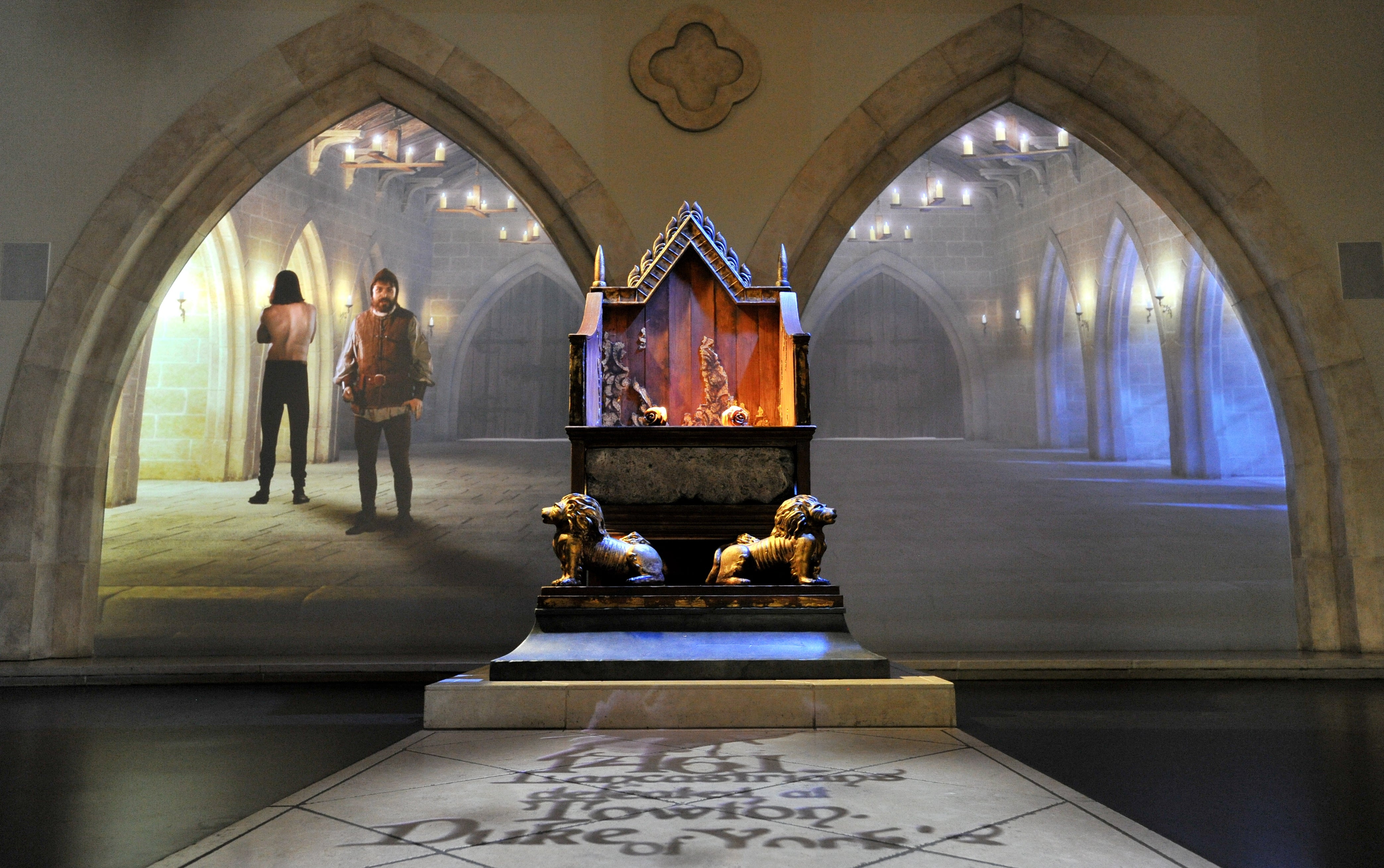
Grey Friars, Leicester
Grey Friars hit the headlines in 2012 when excavation work on a Leicester car park uncovered the remains of Richard III. Archaeologists subsequently discovered benches, choir stalls and tombs which formed part of the friary in which the former king was buried. The site was declared a Scheduled Ancient Monument in 2017, and Richard III’s grave can now be seen beneath a section of glass flooring in the Richard III Visitor Centre, where you’ll also find a section of the friary’s flooring. It’s a great place not only to learn about Richard III and the archaeological dig which led to the discovery of his remains, but the identification of his body, made possible with the first-ever genome sequencing of ancient DNA.
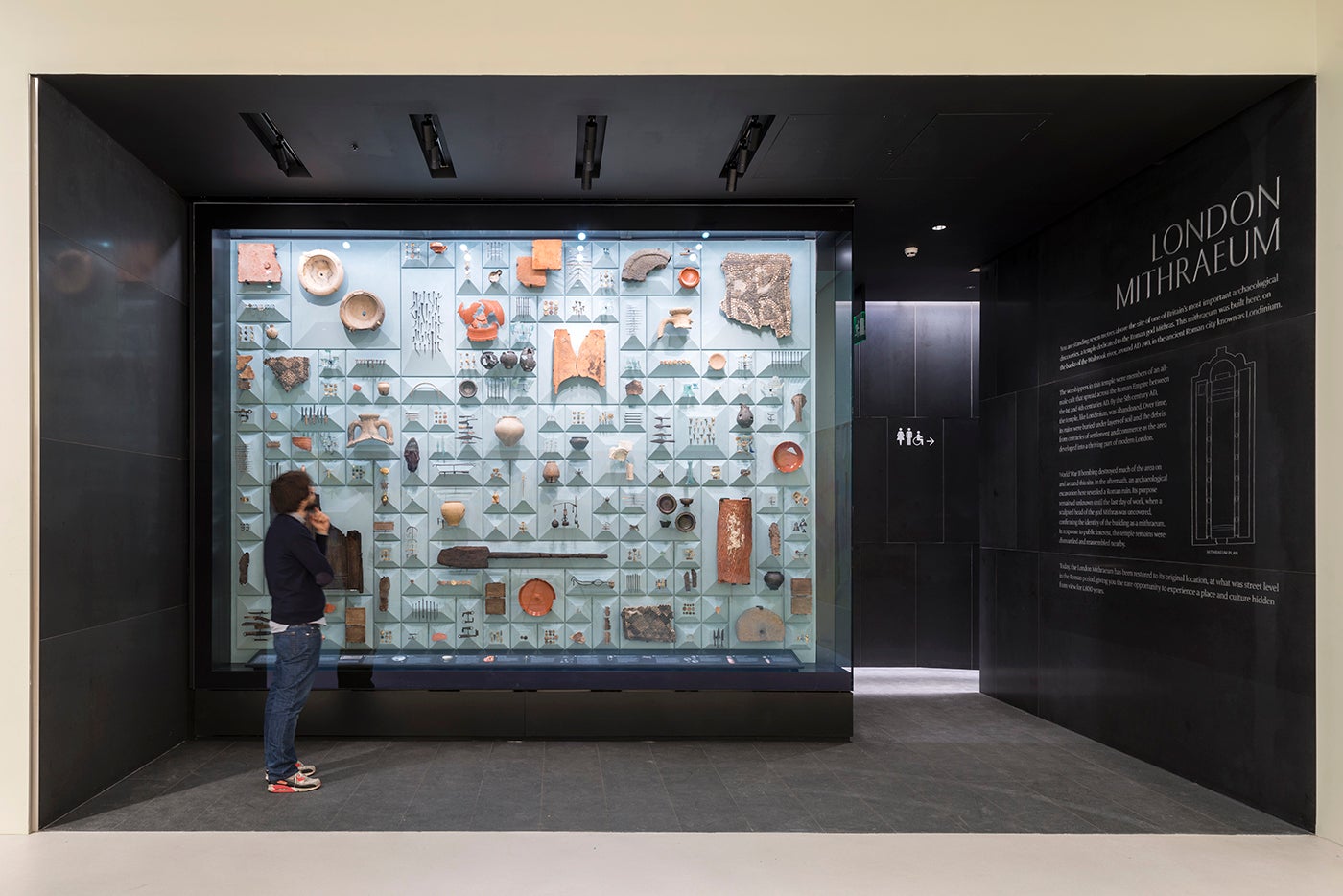
London Mithraeum Bloomberg SPACE, London
Bloomberg’s European headquarters might not sound like the obvious location for one of England’s most fascinating archaeological sites, but that’s exactly where you’ll find the London Mithraeum. In the third century AD, the Romans built an enormous temple to the God Mithras, in the heart of what was then known as Londinium. In 1954 archaeologists confirmed its former location when they found the marble head of a statue of this Roman god – a discovery regarded as one of the most significant events in British archaeological history. Further excavations which took place between 2010 and 2014 turned up one of the world’s largest collection of Roman writing tablets and 65,000 shards of pottery. Many of these artefacts can be seen at the London Mithraeum Bloomberg SPACE, a free museum inside the Bloomberg headquarters, just a few metres from the temple’s original location.
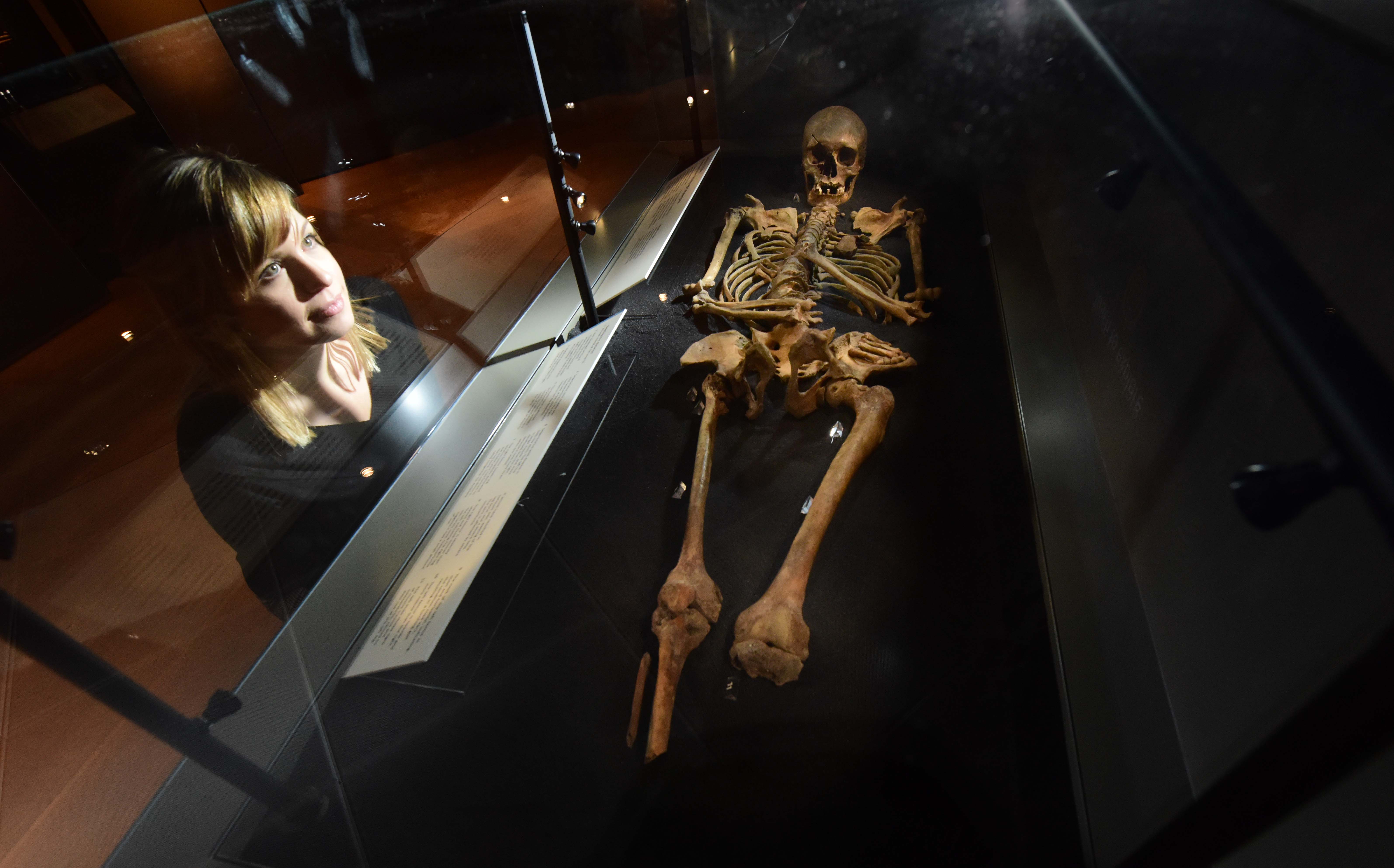
Jorvik Viking Centre, York
In 1972 a team of archaeologists, assisted by inmates from HM Prisons on day release, discovered a huge haul of artefacts during the first organised archaeological dig carried out to find Viking-era artefacts – previously, they’d only be found accidentally. The best bit? These artefacts had been perfectly preserved by York’s peat-rich soil. The findings included leather shoes, timber beams and clothing (materials which typically rot away elsewhere) as well as seeds, plants and bones – items which allowed scientists to learn about the diet of their Viking ancestors, as well as the climate. Other artefacts included thousands of roof tiles and 750,000 pieces of pottery. Many of these items are on display at the Jorvik Viking Centre, where you can check out a reconstruction of Viking-era York. No detail has been overlooked, and artificial aromas help ramp up the realism. A word of warning – those prone to squeamishness should probably avoid the replica of the (very smelly) Viking cesspit.
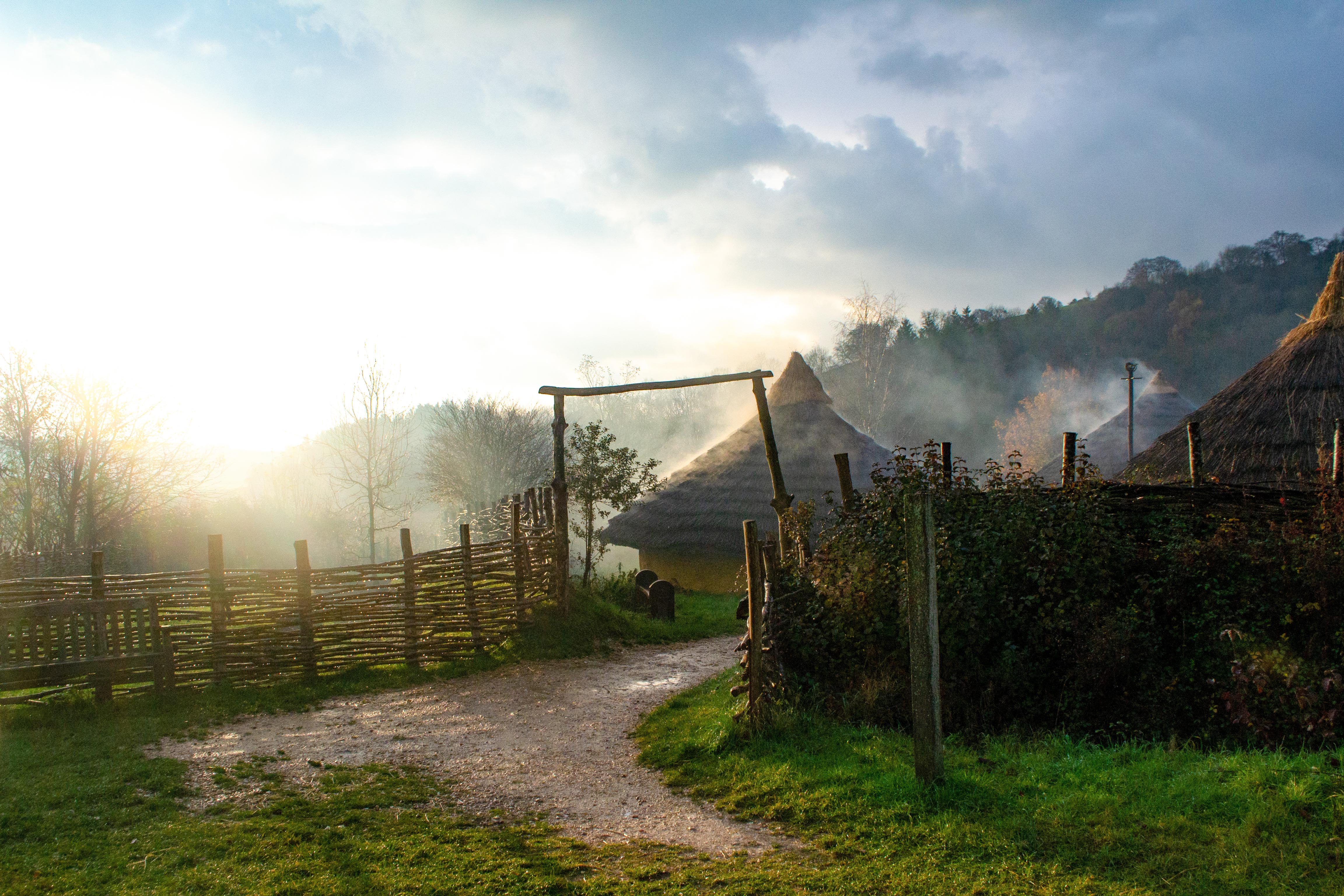
Butser Ancient Farm, Waterlooville, Hampshire
Head to Hampshire’s South Downs for an insight into 10,000 years of human habitation. Full disclosure – although no archaeological treasures have been found here, the designs of the buildings are based entirely on the designs of Stone Age, Iron Age, Roman Britain and Anglo-Saxon structures discovered during archaeological digs elsewhere. Established by the Council for British Archaeology 50 years ago, it’s a world-renowned hub for archaeological research and experimentation, and it’s not just about the buildings, either – the Species Recovery Trust has certified the site as a safe space for rare breeds (including the farm’s Manx Loaghtan Sheep, with its supersized horns). Experiments constantly take place, whether it’s the growing of ancient crops or the most recent project – the construction of an earth-walled Bronze Age roundhouse. Suddenly those secondary school history lessons seem rather boring.
Join our commenting forum
Join thought-provoking conversations, follow other Independent readers and see their replies
Comments
Bookmark popover
Removed from bookmarks